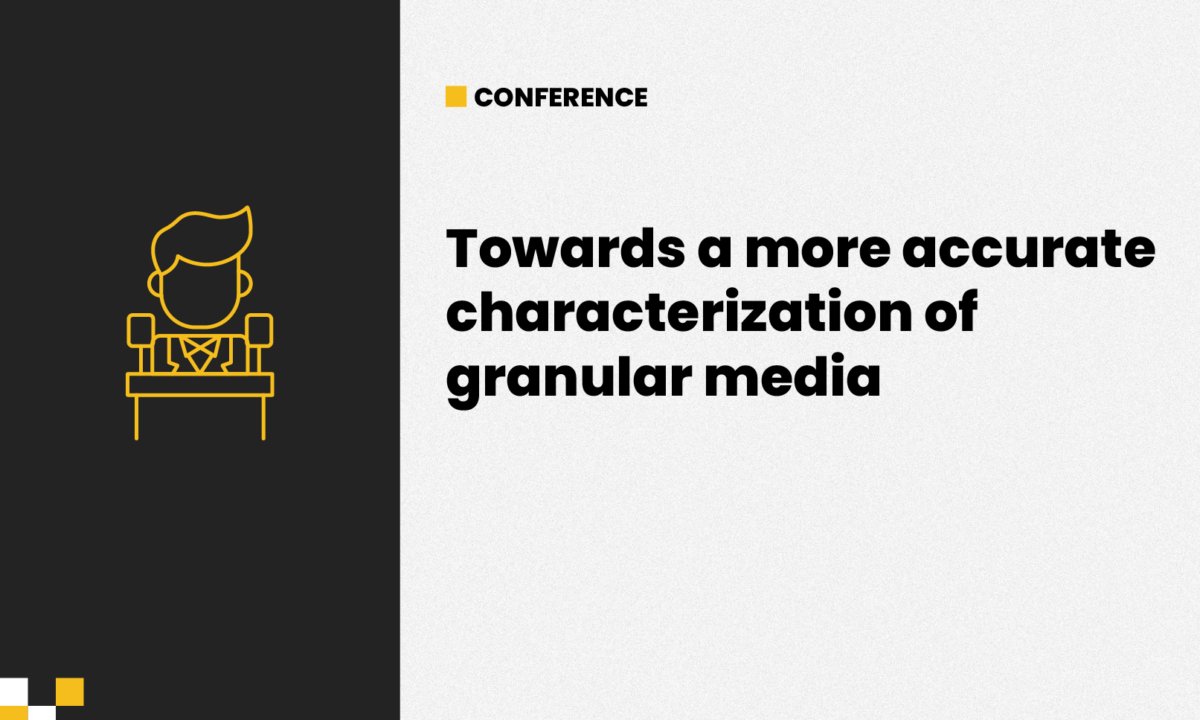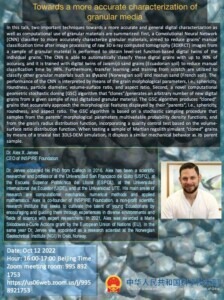
Conference «Towards a more accurate characterization of granular media»
In this talk, two important techniques towards a more accurate and general digital characterization as well as computational use of granular materials are summarized: first, a Convolutional Neural Network (CNN) classifier to more accurately characterize granular materials, aimed to reduce grains’ manual classification time after image processing of raw 3D x-ray computed tomography (3DXRCT) images from a sample of granular material is performed to obtain level-set function-based digital twins of the individual grains. The CNN is able to automatically classify these digital grains with up to 90% of accuracy, and it is trained with digital twins of Jaramijó sand grains (Ecuadorian soil) to reduce manual classification time by 98%. Furthermore, transfer learning and training from scratch are utilized to classify other granular materials such as Øysand (Norwegian soil) and Hostun sand (French soil). The performance of the CNN is interpreted by means of the grain morphological parameters, i.e., sphericity, roundness, particle diameter, volume-surface ratio, and aspect ratio. Second, a novel computational geometric stochastic cloning (GSC) algorithm that “clones”/generates an arbitrary number of new digital grains from a given sample of real digitalized granular material. The GSC algorithm produces “cloned” grains that accurately approach the morphological features displayed by their “parents”, i.e., sphericity, roundness, and aspect ratio. The GSC algorithm is based on a stochastic sampling procedure that samples from the parents’ morphological parameters multivariable probability density functions, and from the grain’s radius distribution function, incorporating a quality control test based on the volume-surface ratio distribution function. When testing a sample of Martian regolith simulant “cloned” grains by means of a triaxial test 3DLS-DEM simulation, it displays a similar mechanical behavior as its parent sample.

